Indoor low light plants – 10 ways to add greenery to dark rooms
These indoor low light plants love a shady spot. Find the perfect one for your home here


Bring life and interest to the shadier parts of your home with our favorite indoor low light plants. These leafy beauties will thrive in alcoves, corridors and rooms with little natural light, where many other house plants would simply give up.
Coming in all different shapes, sizes and with a wide range of beautiful foliage, there’s a plant for every space. From steamy shower rooms to cooler bedrooms, they will happily soften the space with their distinctive shapes and colorful leaves and help re-energize it too.
In fact, many low light loving plants possess mood and health boosting qualities. These range from absorbing harmful chemicals and toxins in the atmosphere to increasing oxygen levels even at night, so it makes good sense to introduce them around your home where possible.
The key to success with any of your favorite indoor plants is to find the right one for the right place. Provide it with its ideal climate – that’s air temperature, light level, soil type, food and water – and there will be no stopping its growth. So, to save you on the research, expense and painful trial and error we’ve consulted the experts and complied this handy guide.
10 best indoor plants for low light levels
Dark rooms can sometimes feel soulless but with the addition of a few indoor low light plants, you can bring them to life.
‘Making sure your plants have enough light is an essential part of plant care,’ says Jo Lambell of Beards and Daisies. ‘However some indoor plants can still happily live on the shadier side.’
These are the easiest to grow and care for.
1. ZZ plants
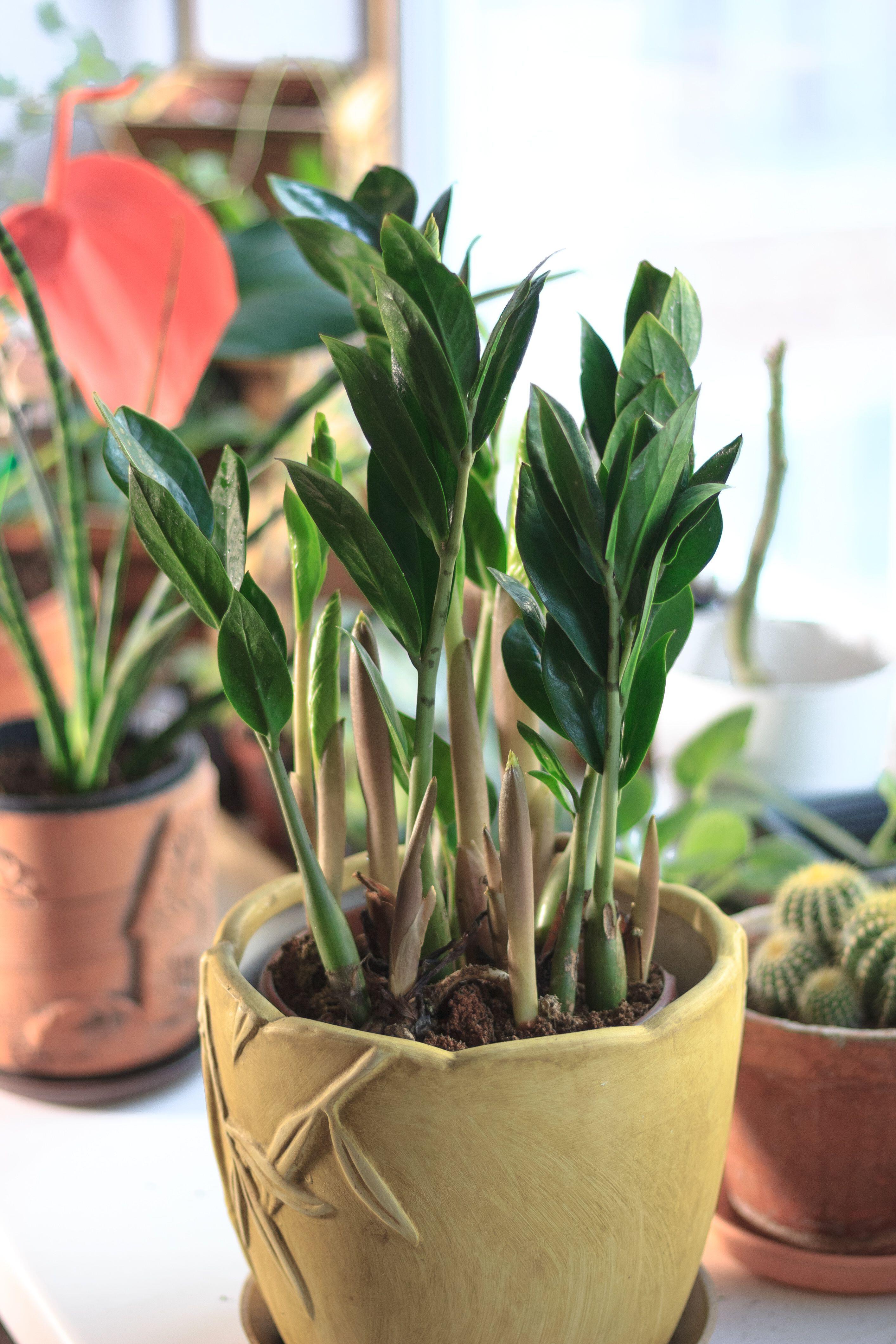
The ZZ plant or Zamioculcas zamiifolia is simply unmistakable. With dramatic dark green zig-zag leaves reaching up to up to 3ft (just under 1m), it makes a striking, contemporary statement and will thrive in low light conditions. This together with their upright habit means they take very little floor space making them perfect for adding interest and life to a dingy corner or corridor.
Drought tolerant and happy to be root bound, it’s incredibly easy going. So definitely one plant worth finding house room for.
2. Calathea or peacock plant
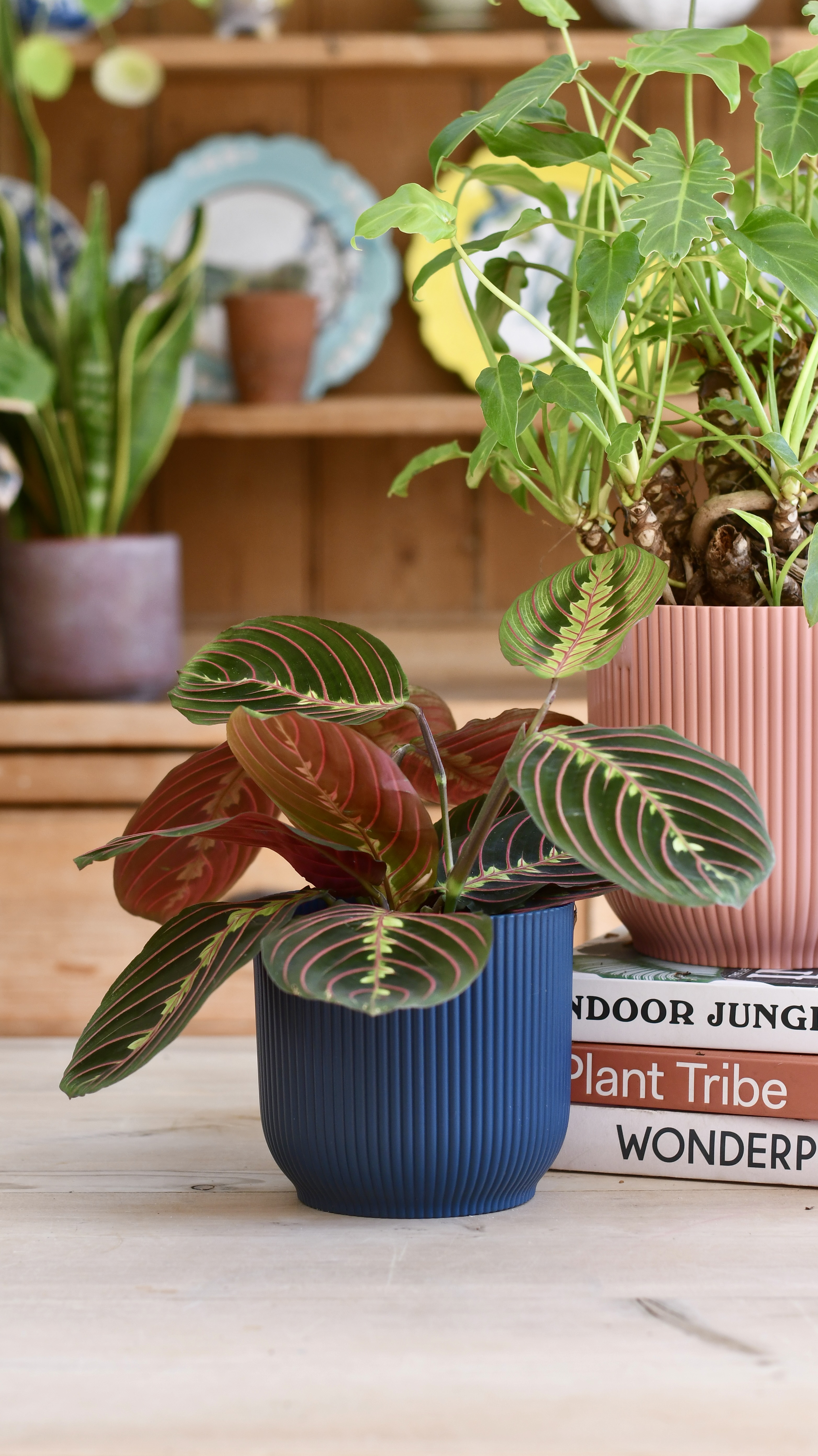
Also known as Maranta, the Peacock or Prayer Plant, these indoor favorites are prized for their highly decorative leaves. Featuring intricately striped leaves in shades of green, yellow, pink and white they will cope with surprisingly low light levels.
‘Sometimes referred to as the prayer plant because its leaves lie flat during the day and fold upwards at night, as if in prayer,’ explains Mark Lawlor of Happy Houseplants.
If you are caring for peacock plants, know that they are big fans of warm humid conditions, preferring toasty temperatures of around 64-75℉ (18-24℃) and benefit from a regular misting.
‘Overwatering is a common mistake with Maranta; rather than follow a routine, think about how much sunshine your plant receives through the day,’ continues Mark. ‘Overwatered Maranta will show signs of distress, such as yellowing leaves. When in doubt, follow the simple rule 'drench then drought', ensuring the soil always dries out between waterings.’
3. Snake plant or Sansevieria
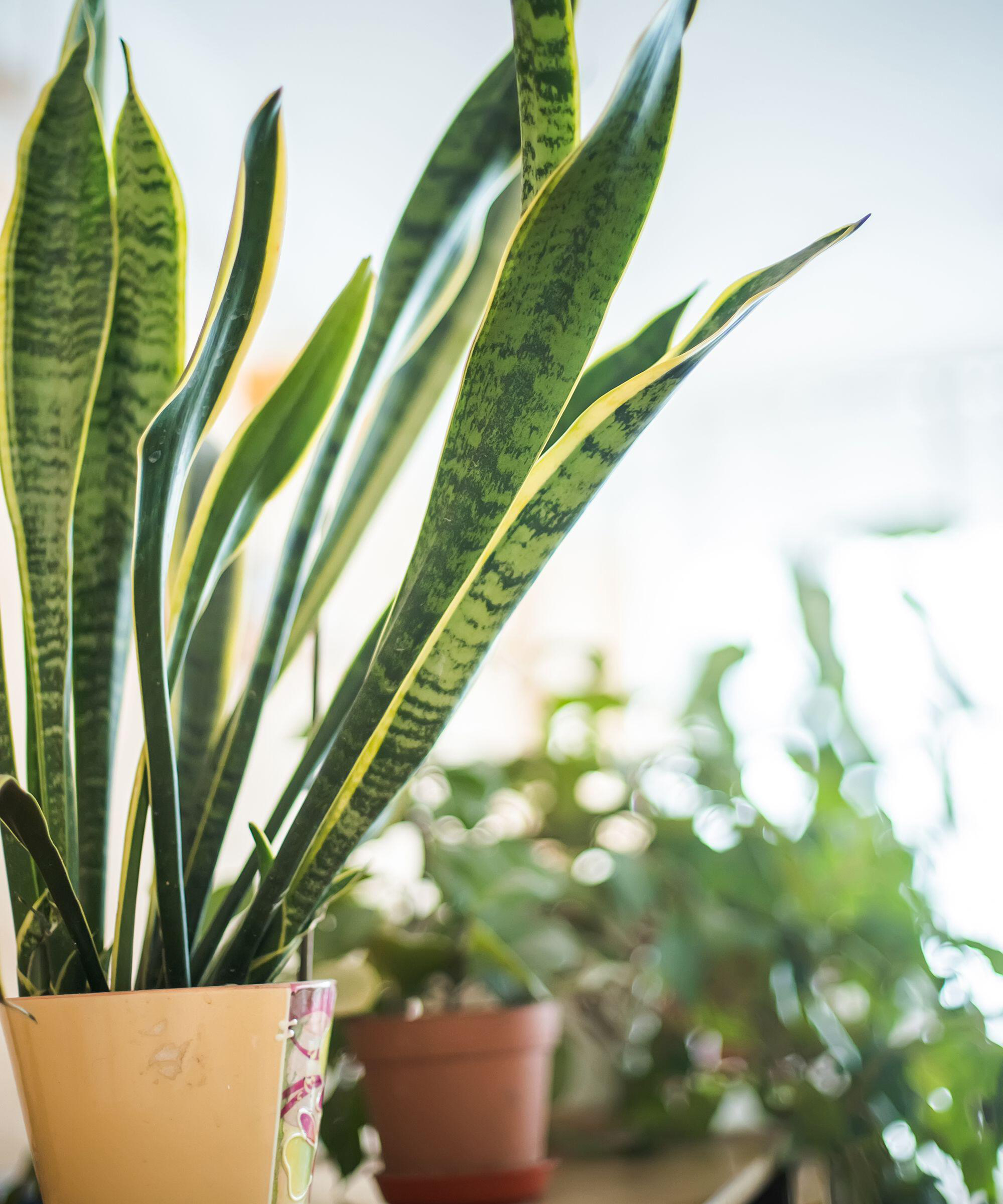
It’s the striped and twisting sword-like leaves that makes this plant so dramatic. Relatively slow growing, they can cope with low light conditions and are tough and extremely drought tolerant too.
Often referred to as mother-in-law’s tongue, for their sharp, pointy shape they take up very little space making them the perfect showstopper for an alcove, a side table or sitting neatly in a corner.
There are plenty of different varieties of snake plant to choose from, including dwarf varieties such as Sansevieria fischeri at 16 inches (40cm) up to 3-4ft (91-121cm) for Masoniana and trifasciata types.
They prefer temperatures above 50℉ (10℃)and during spring and summer water once a week but you can reduce to once a month in fall and winter when the plant is dormant. They're useful outside, too, as they are amongst the best snake repellent plants you can put into beds and borders.
4. Devil's ivy or pothos
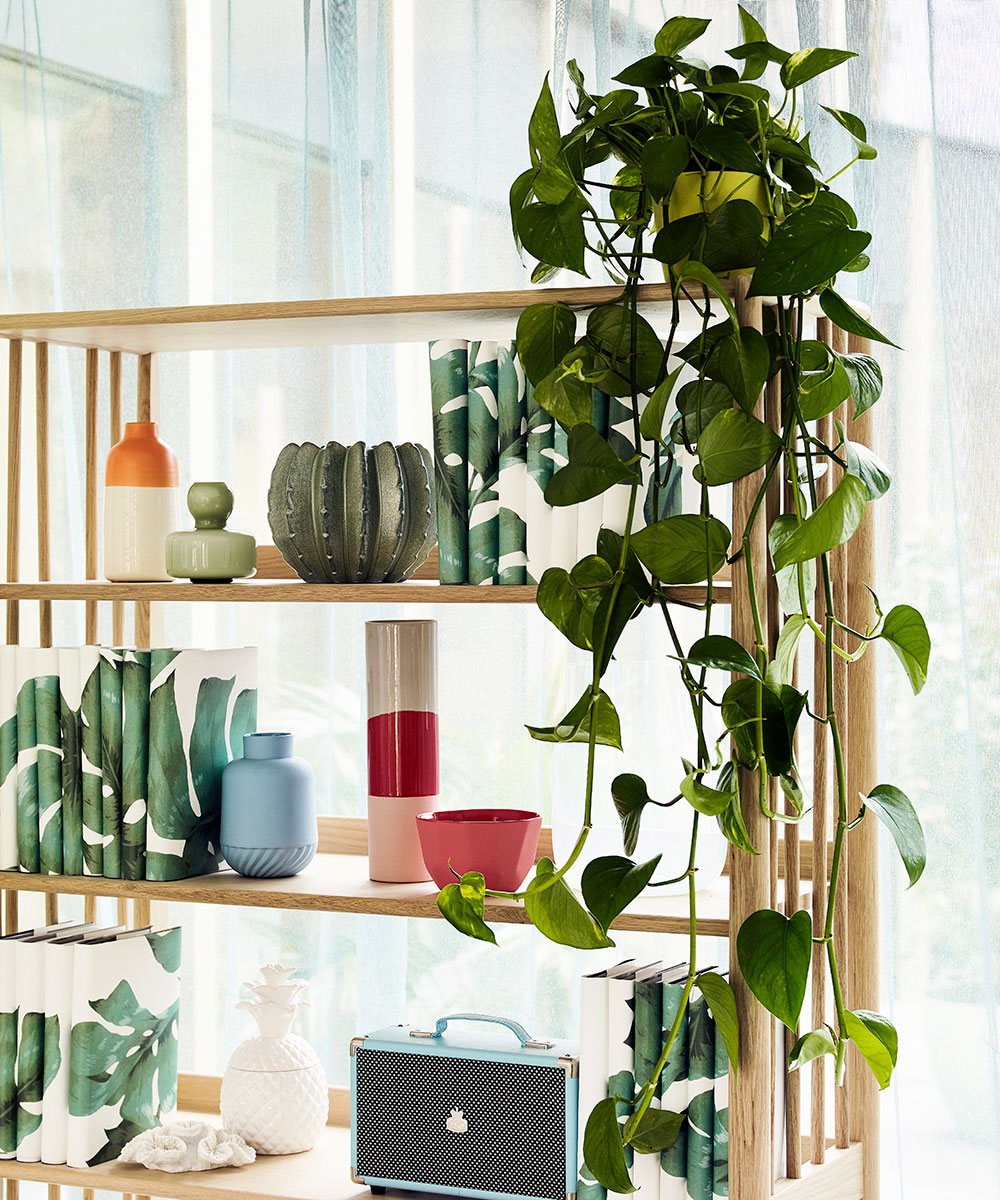
Coming from South East Asia, Devil’s Ivy or Pothos can be found growing on the forest floor and up the trunks of large trees, so it should be no surprise that it’s very happy growing in deep shade. A relatively fast-growing vine with glossy heart shaped leaves – it’s a real indoor beauty and are perfect for injecting life and energy into the dingiest space.
Use them to trail from hanging planters, down from high shelves or up towering moss poles. Whatever way to choose to display them, they will quickly make an impact for very little effort. If you are caring for pothos plants, it's worth knowing that overwatering is the one real enemy of this enchanting, lush looking plant so water with caution – once a week is fine during the growing period reducing down to once a fortnight during the colder, dormant months.
5. Cast Iron Plant or aspidistra

Synonymous with the Victorian era, these almost indestructible plants are coming back on trend. Tolerating near virtual neglect, they cope stoutly with the gloomy light levels, air pollution and fluctuating temperatures. Even if you forget to water them for months they will somehow survive. Amazingly slow growing and long lived, many aspidistra plants reach the ripe age of 50 plus and become highly prized and valuable too.
‘Wash the leaves occasionally to keep them free of dust (this can be done by popping it under a cold shower) and try to maintain cool temperatures above 50℉ (10℃) in winter,’ says Helen Derrin, Plant Doctor at Crocus.
6. Jade or money plant
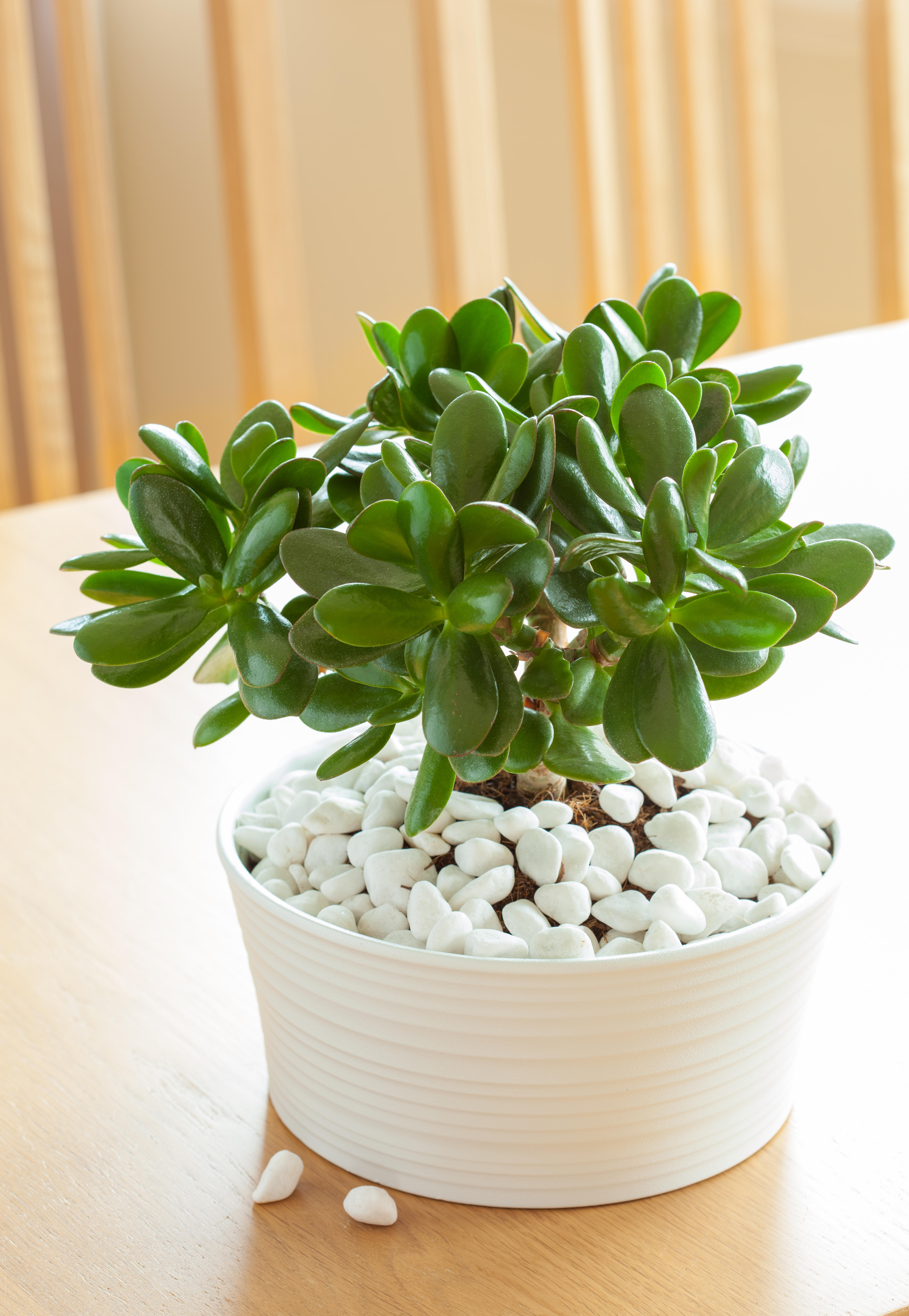
Caring for succulents like Crassula ovata requires very little effort and, although it loves a bright situation, it will also grow well in a shady spot. Featuring waxy rounded leaves shooting from upright stems, it has the look of a miniature tree. The leaves will appear a darker green if positioned away from natural light but the impact will be equally stunning and sculptural.
Knowing when to water succulents is important: overwatering can be the downfall of many Jade plants, so take care to plant in free-draining compost and avoid the roots being left sitting in water. Allow the soil to dry out before repeating and water very sparingly when caring for succulents in winter.
7. Dumb Cane
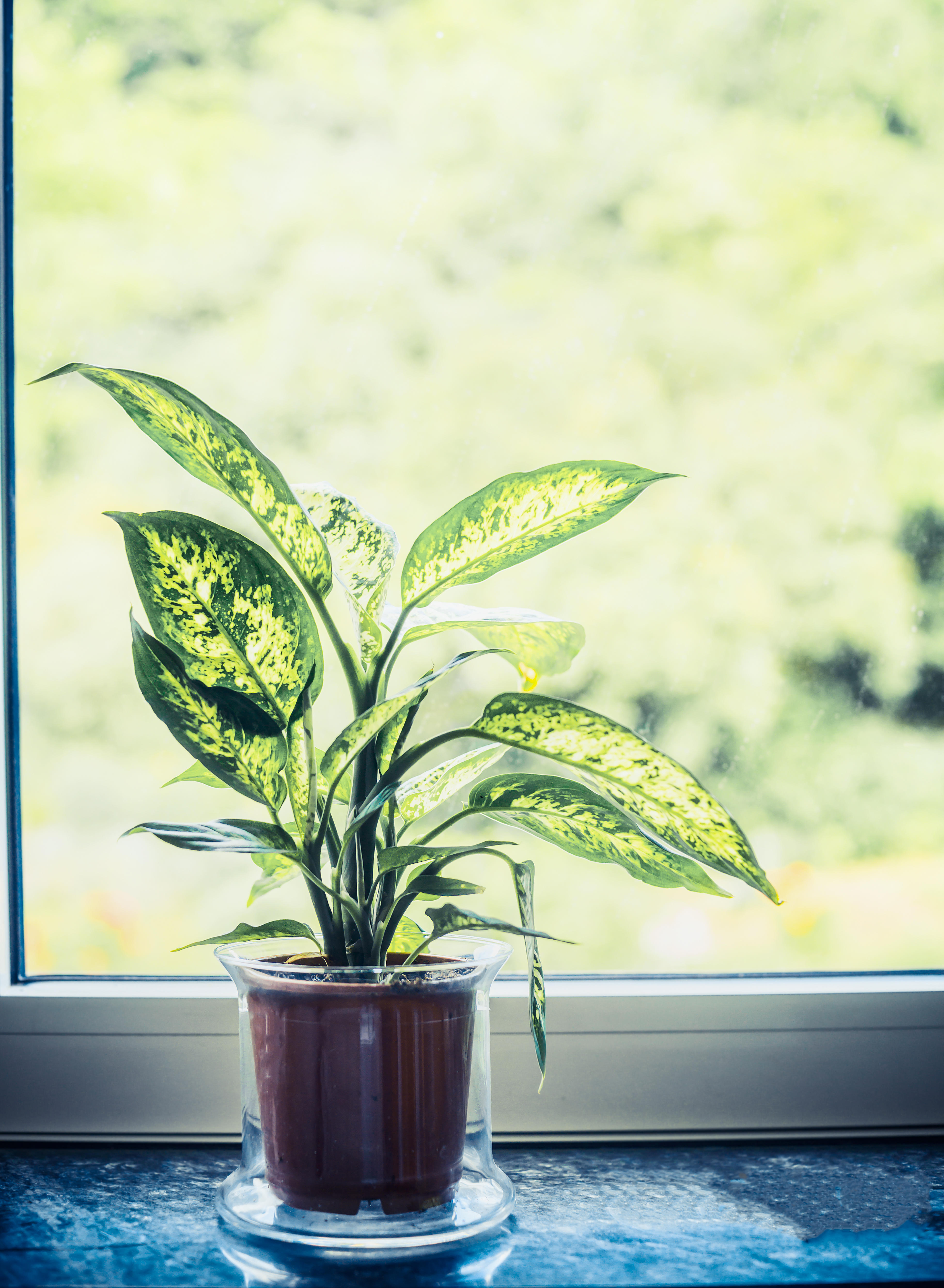
The large oval leaves of Dumb Cane or Dieffenbachia always make an impact, and knowing this plant is happy in a shady spot as well as in dappled sunlight, makes it hugely popular. Growing up to 47 inches (120cm) tall it’s an ideal statement standing on the floor or popped on a corner table. These plants are pretty quick growers too, so if they get too big be prepared to nip out the top growth.
Coming from the New World Tropics, Dumb Cane prefers warmer rooms – around 64-75℉ (18-24℃) and the occasional misting, to increase humidity. While the leaves are gloriously variegated, this effect can reduce if positioned in a very dark spot for a long length of time.
8. Trailing Jade or Peperomia
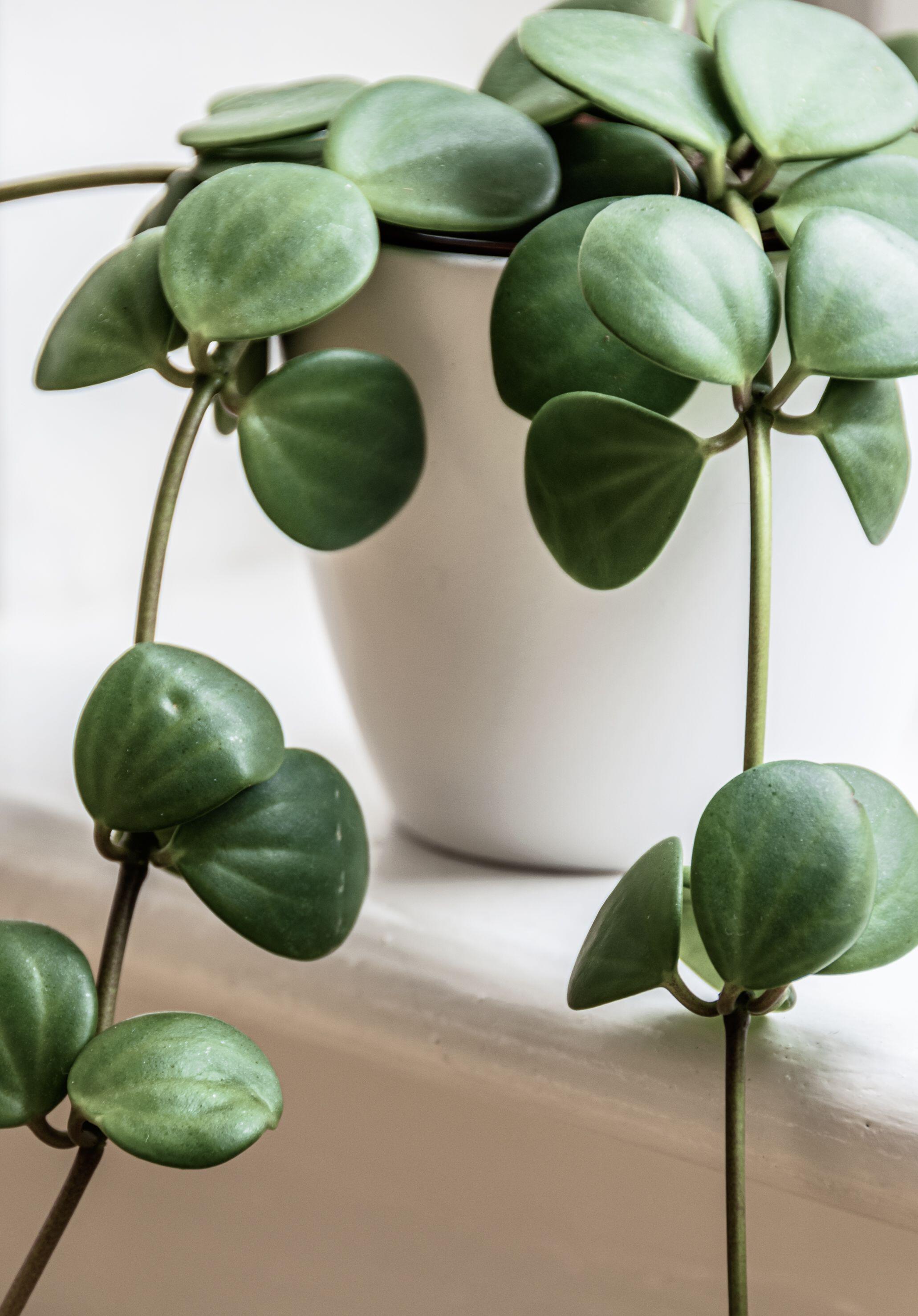
This on-trend foliage plant is happy growing in low or even fluorescent light. Make the most of its laidback nature by giving it a space in a windowless bathroom, corridor or gloomy corner where it will instantly work its leafy charm.
There are a huge number of different Peperomia to choose from, but the trailing Jade has small, round, plump leaves in a vivid green which develop into soft trailing stems. A slow grower with a compact, gently spreading nature the stems will grow to around 12 inches (30 cm) in length and have a zen-like quality to them.
One word of caution though, ‘Peperomia plants are sensitive to overwatering,’ says Mark McCance, Director at Hortology Ltd. ‘Too wet and it will rot, too dry and it will die. When the soil has nearly dried out, give it a little drink.’
9. String of hearts
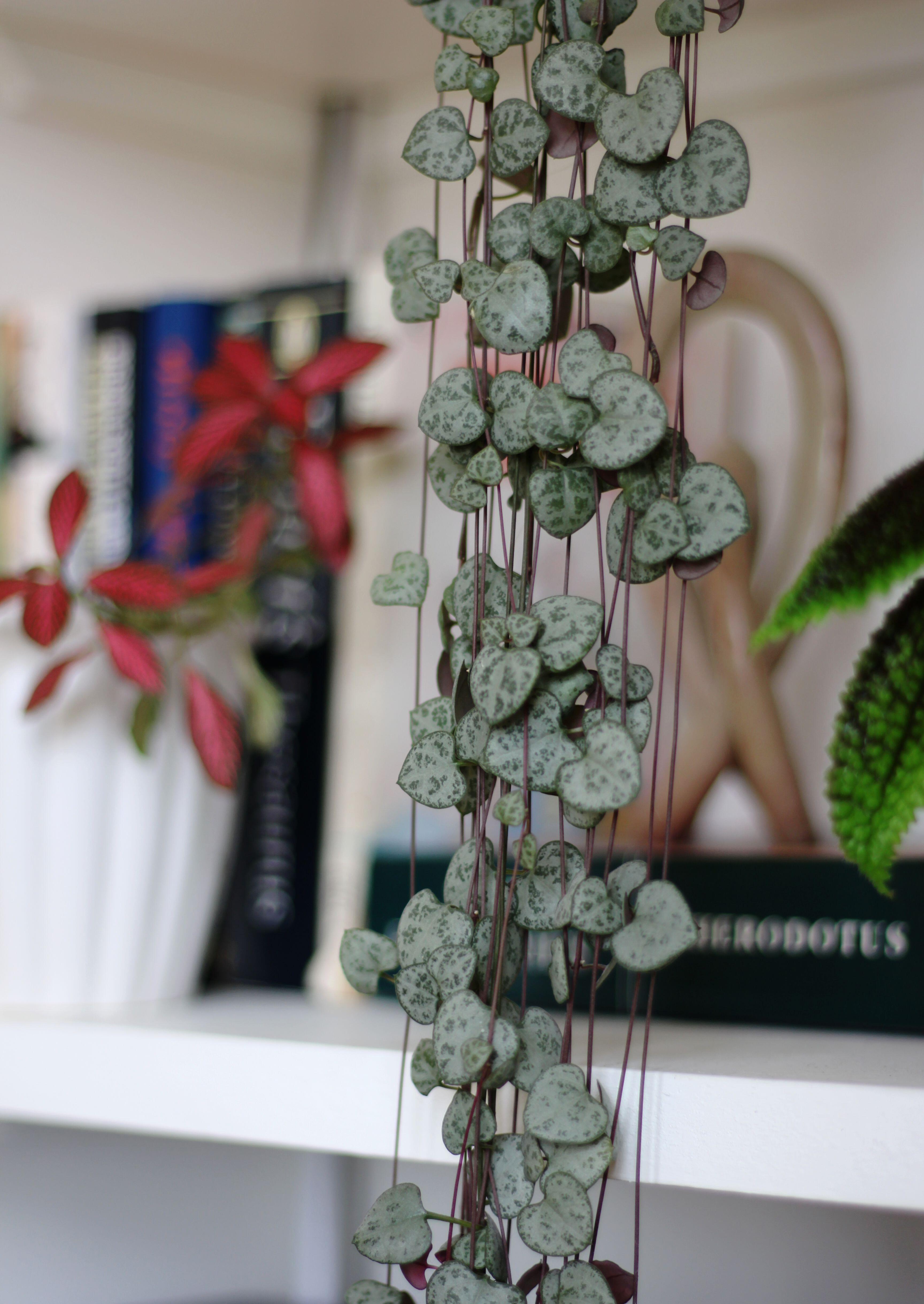
Extremely easy to look after, this delicate trailing plant is very tolerant of shade and pretty undemanding too. Pairs of tiny heart shaped leaves are silver-grey with a rose-pink underside. Just like a succulent it stores water in its long stems, and these can reach up to 6.5ft (2m) long. As a result, this plant looks stunning on a shelf or popped into a hanging planter above the stairs or window.
Happy at most room temperatures, just avoid drafts or direct sun, it tends to like moist but not waterlogged soil. Want to give it an occasional boost? Then mist with a water spray and pop by a window for a few hours in the morning or evening.
10. Sword Fern
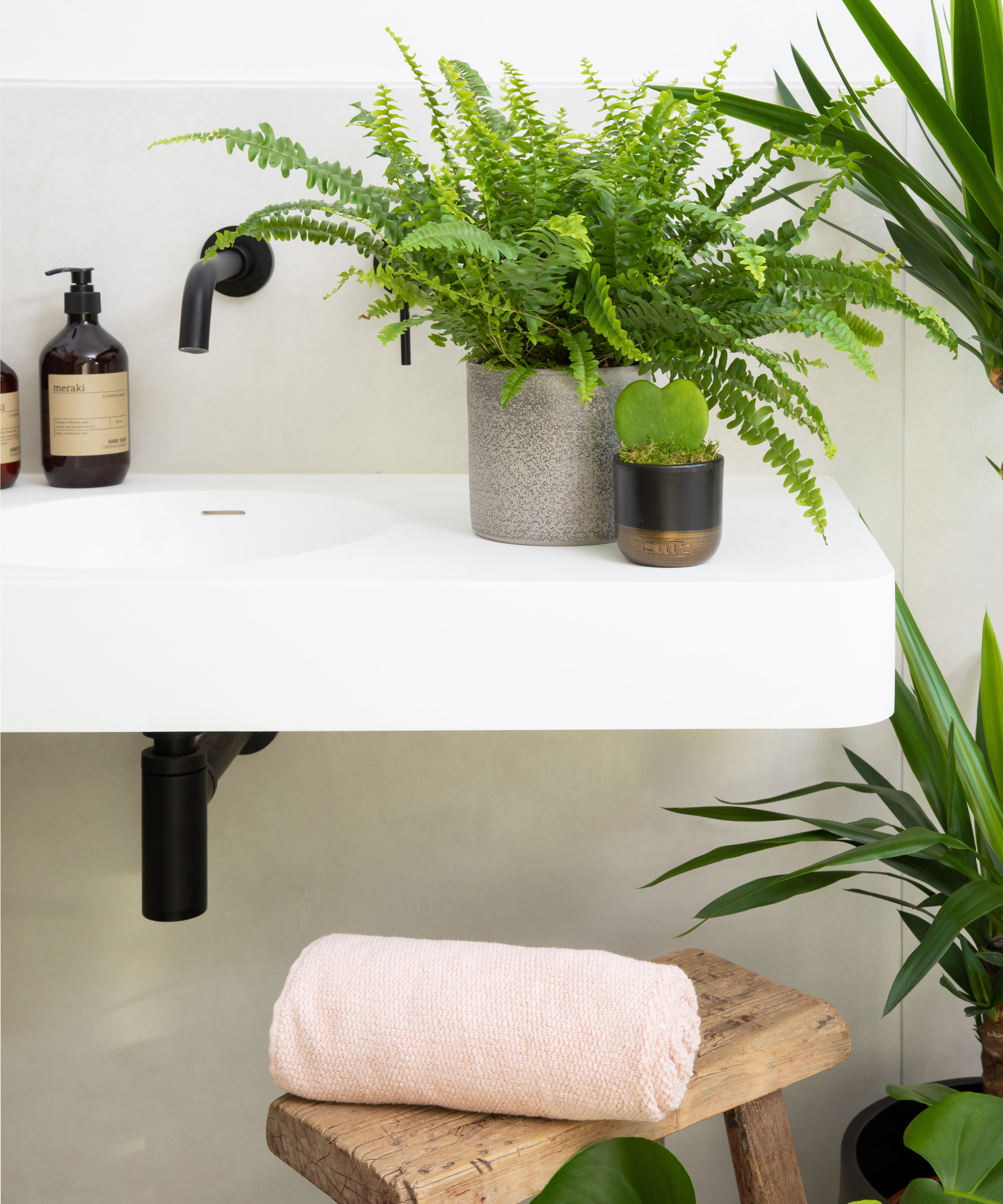
Also known as Boston Fern, these tactile ferns with jagged fronds will flourish in low light rooms, as long as they have humidity too.
‘A healthy Boston fern will have a pretty, light green color all over,’ says Richard Cheshire, Plant Doctor at Patch Plants.
The most common problem a Boston fern will face, according to Richard, is not getting enough humidity which will turn the leaves dark brown and crispy. 'These plants will thrive in bathrooms, but if you want to keep it in a different room, make sure it gets misted every day,’ he says.
Although hugely tempting to stroke, Boston Ferns really dislike their foliage being handled and it often turns brown as a result, so do try to resist.
Where to buy indoor low light plants?
You can buy indoor low light plants at your local nursery; ask for guidance if you need help. Otherwise, shop online for the best places to buy plants. These include: Lowes Garden Center, Home Depot's Garden Center and Burpee for the best buys.
What is the best low light indoor plant?
Snake plants need very little light to thrive and are extremely tolerant of neglect too. With their tall, twisting leaves and streaked markings they make a real impact in any room, adding a modern and sculptural effect. Relatively slow growing, they can cope with low light conditions and are one of a few plants that continues produce oxygen in near dark conditions. They are also great at eliminating harmful airborne chemicals, many of which can be found in synthetic carpets, glues, paint and other interior fittings.
Sign up to the Homes & Gardens newsletter
Design expertise in your inbox – from inspiring decorating ideas and beautiful celebrity homes to practical gardening advice and shopping round-ups.

Journalist Jill Morgan has spent over 20 years writing and editing gardening, interior and property features. Titles she has worked on include The English Home, House Beautiful, Ideal Home, Houzz and Modern Gardens and she writes regularly for H&G as a Contributing Editor. Whilst she is a dab hand at renovation projects and DIY, she is happiest when out digging in the garden or planning a new border.
-
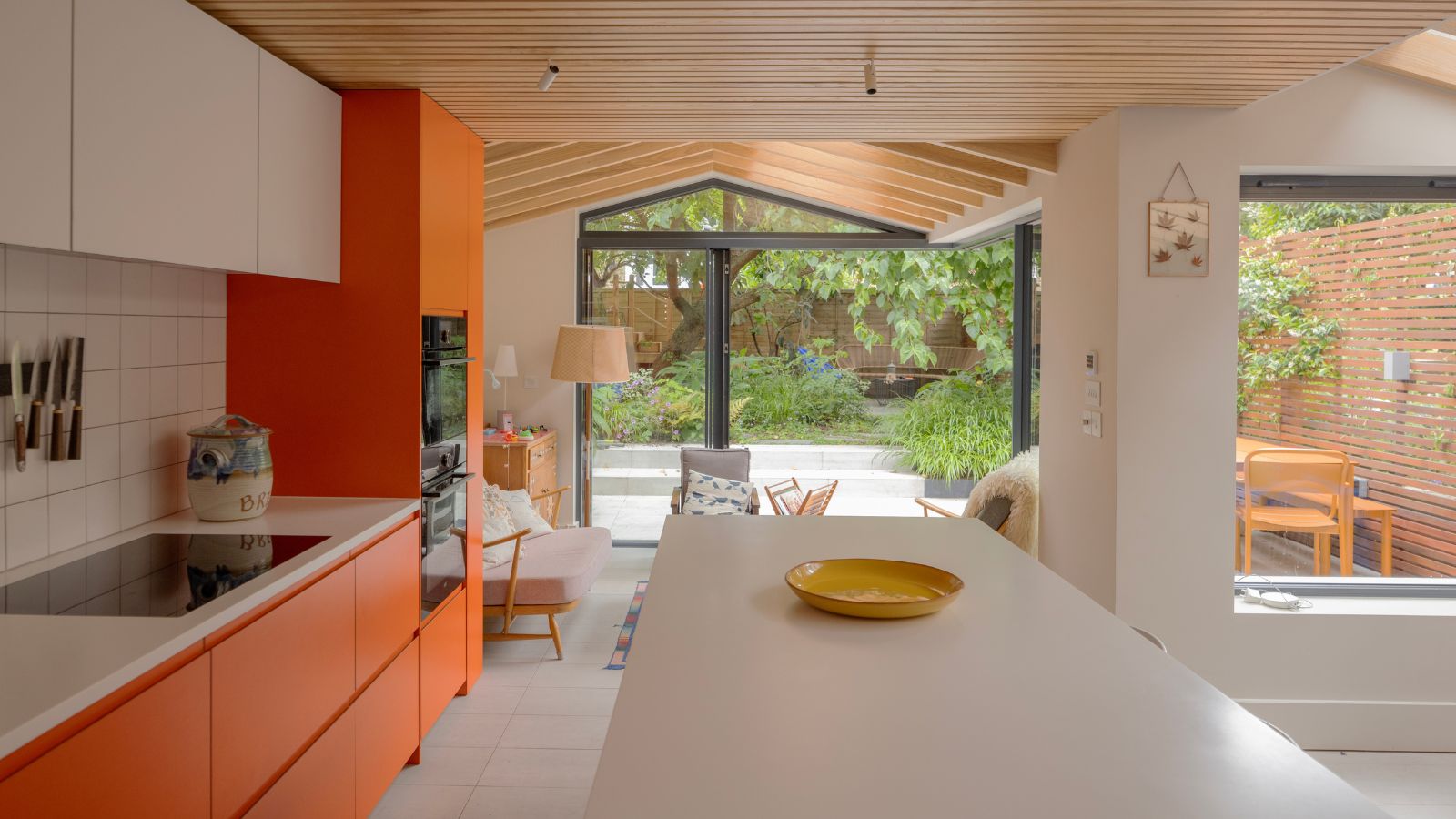 7 orange kitchens that will persuade you this unexpected color is in fact the perfect shade for a warm, personality-filled space
7 orange kitchens that will persuade you this unexpected color is in fact the perfect shade for a warm, personality-filled spaceThese designer-approved spaces prove orange kitchens can be utterly chic
By Molly Malsom Published
-
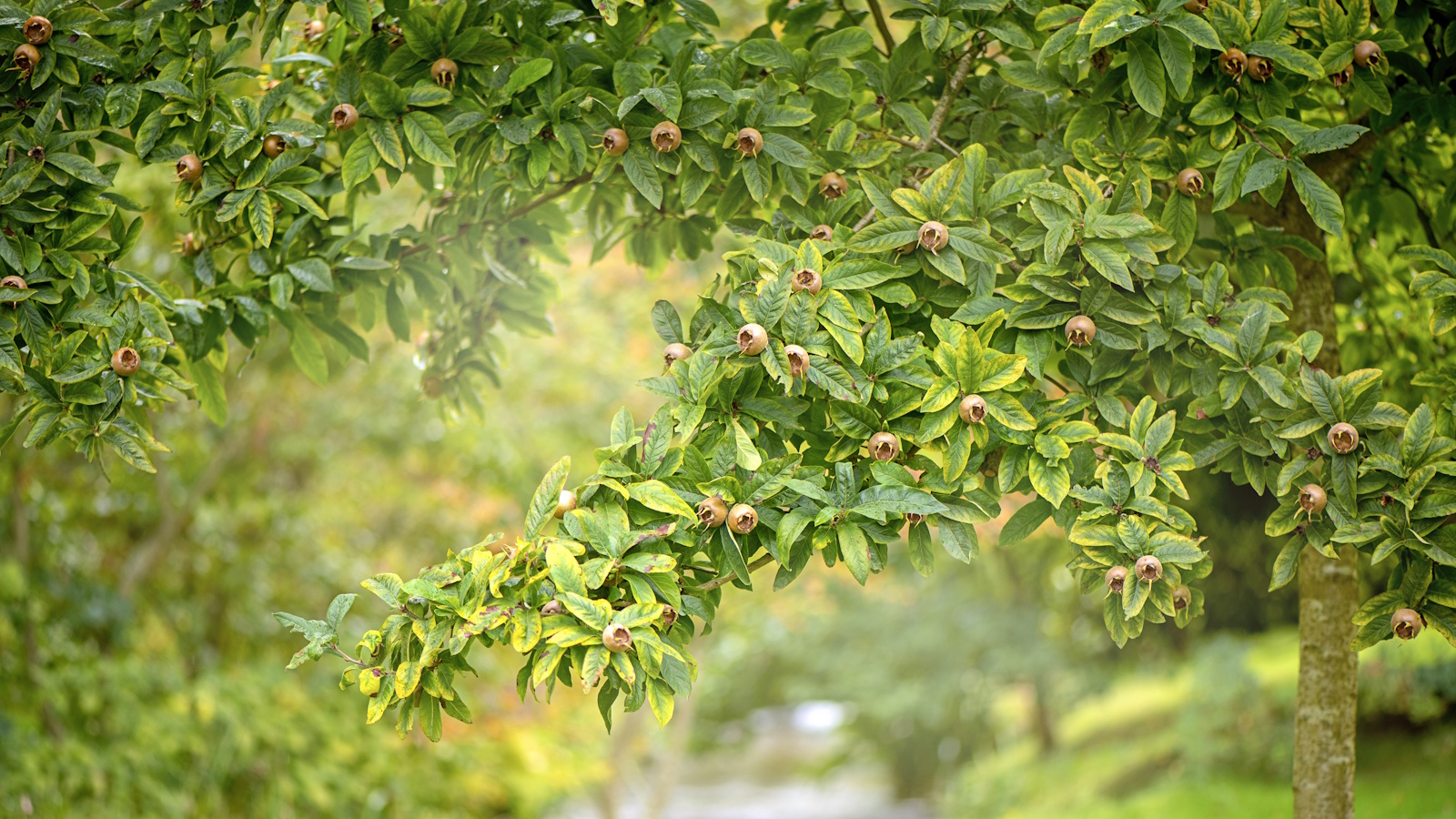 How to grow medlar trees – to enjoy a harvest of unusual fruits from this forgotten heritage species
How to grow medlar trees – to enjoy a harvest of unusual fruits from this forgotten heritage speciesMedlar fruits were once a popular delicacy, yet today, they are a rare find
By Thomas Rutter Published